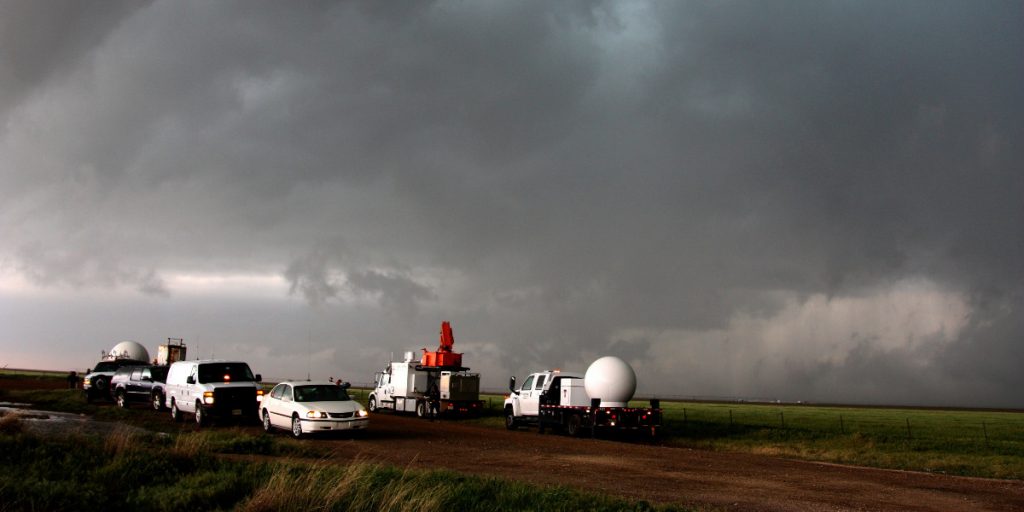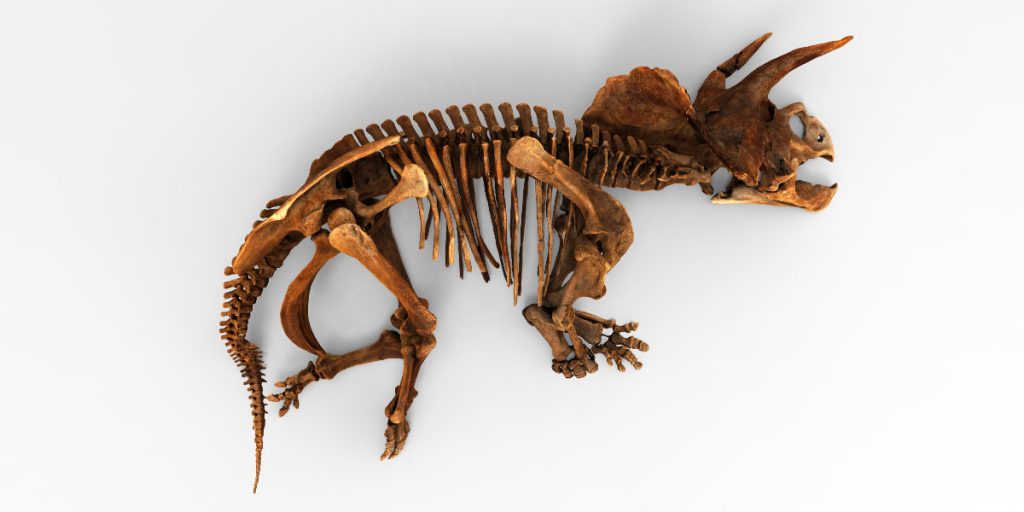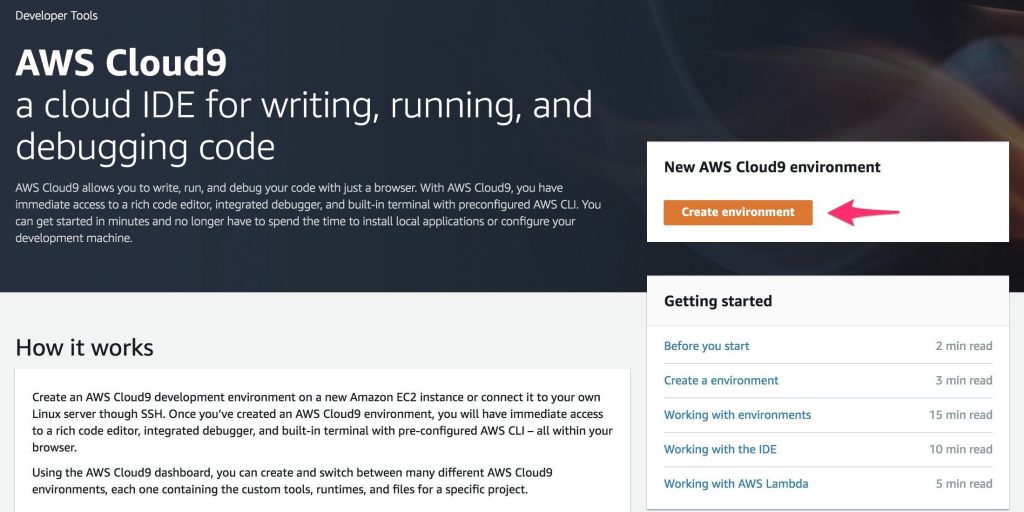AWS Public Sector Blog
Category: Open Source
California uses open source solutions and the cloud to create a model of models
Governments, like the state government of California, are in the midst of a transition to a new way of delivering vital information, services and programs using technology and the cloud. Government organizations are adopting approaches pioneered in the technology industry, including user-centered design, agile development, data science, modular contracting, and the use of modern technology platforms. Many of these governments, like the state of California, are using Amazon Web Services (AWS) to respond quickly and scale to battle unprecedented challenges, like COVID-19, and help them quickly make decisions about how to protect their constituents.
50 years of innovation: How open data is supporting NOAA’s “science, service, and stewardship” mission
This month, the National Oceanic and Atmospheric Administration (NOAA) celebrates 50 years of “science, service, and stewardship.” Over the past five decades, NOAA has demonstrated its ability to push the boundaries of technological innovation to collect and understand data, as well as share that knowledge and information with others. AWS supports NOAA’s mission, in particular by providing public access to the agency’s environmental datasets since 2015 through the Registry of Open Data on AWS.
Bridging data silos to house and serve the homeless
Efforts to prevent and combat homelessness are limited by the lack of comprehensive data about people experiencing homelessness. This makes it difficult for states to identify trends and emerging needs to respond and make data-driven decisions about the effective deployment of resources. The cloud can help bridge information silos. Read on for examples of how states use the cloud to bridge data silos and better serve the homeless.
Building cloud-based community knowledge about machine learning to predict and understand extreme weather
The National Center for Atmospheric Research (NCAR) is a federally funded research and development center sponsored by the National Science Foundation. It engages in large-scale Earth system science research projects in collaboration with the broader university community. NCAR hosts visitors from around the world, develops community models including the Community Earth System Model and the Weather Research and Forecasting Model, and maintains supercomputers, observational systems, and aircraft to support further study on the how the planet works. As part of the Amazon Sustainability Data Initiative, we invited Dr. David John Gagne, machine learning (ML) scientist at NCAR, to share how open data and machine learning on AWS are impacting the way we predict and understand extreme weather.
How open source helps governments respond to COVID-19 with speed, scale, and agility
Governments are sharing their technology solutions with other governments through open source tools. These tools are helping state, local, and federal governments respond quicker, and at the scale needed, especially during the COVID-19 pandemic. However, one of the challenges governments face is finding out what open source tools are available. To help public sector customers use open source tools better, AWS launched Open Government Solutions, which aggregates open source projects and assets from public sector entities around the globe for governments at all levels to find, adapt, and reuse. During a panel conversation around the launch, government leaders outlined five key reasons why governments are choosing open source technologies to deliver citizen services.
Open source in the fight against COVID-19
As we continue to work with public sector bodies around the world, AWS understands how valuable open source software and development communities are at this time. To accelerate the combined global response to COVID-19, we gathered examples of third-party open code, tools, and standards that reformers in the public sector can immediately use. We’ve included these in a new resource now available in Open Government Solutions.
Supporting healthcare with technology in response to COVID-19
Cloud-based technology is supporting healthcare organisations and governments in response to the evolving COVID-19 situation. Healthcare providers and professionals, governments, and patients around the world are facing an unprecedented challenge. Here are some of the ways that these health-focused organisations use cloud-based technology to help improve patient services and outcomes.
Smithsonian releases 2.8 million images through Smithsonian Open Access Initiative
The Smithsonian Institution announced the availability of more than 2.8 million two- and three-dimensional images and files through the Smithsonian Open Access Initiative. With this initiative, anyone with an internet connection has access to high-resolution media files, the accompanying metadata, and research from the Smithsonian Institution’s 19 museums, nine research centers, and zoo. This Smithsonian dataset is the largest museum collection released to date.
How to develop microservices using AWS Cloud9, Docker, and Docker Compose
According to a survey of attendees at the AWS DC Public Sector Summit in 2019, 74% of government IT professionals believe their agencies hold onto data centers longer than they should. Monolithic methods of deployment impact speed, performance, and cost. With microservices, customers can break their monoliths into smaller business units, making it easier to migrate and manage systems in the cloud. This post outlines how customers can migrate from on-premises data centers to the cloud and break away from monolithic methods of deployment using microservices and containers.
Automating fall detection with AWS DeepLens
What if someone in a hospital room or public train station suddenly falls due to a stroke or other health issue? An automated monitoring system like AWS DeepLens, a deep learning-enabled video camera for developers, could detect such falls and contact emergency services in a timely manner. Using AWS DeepLens, I created a solution.









